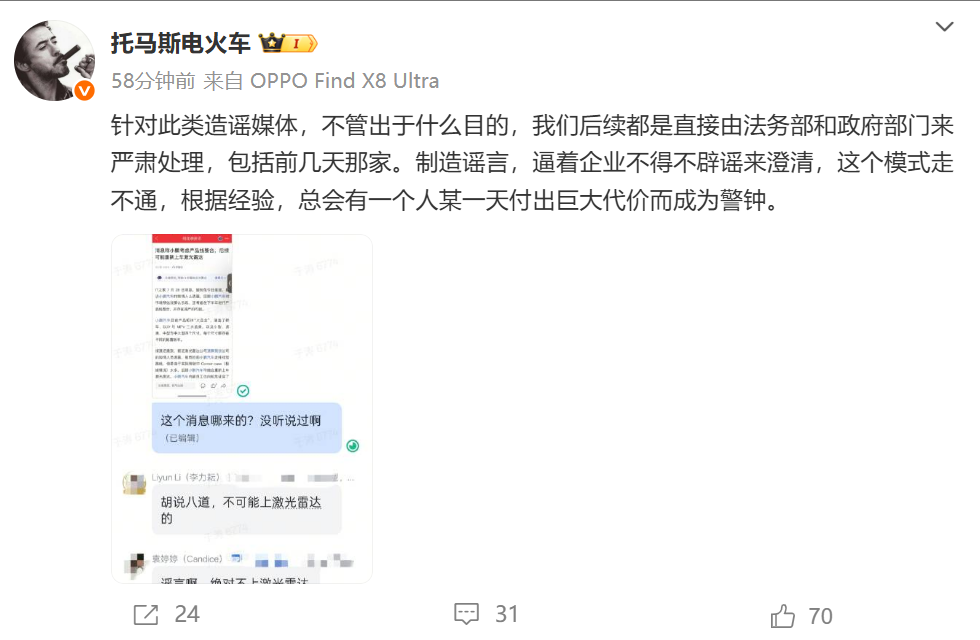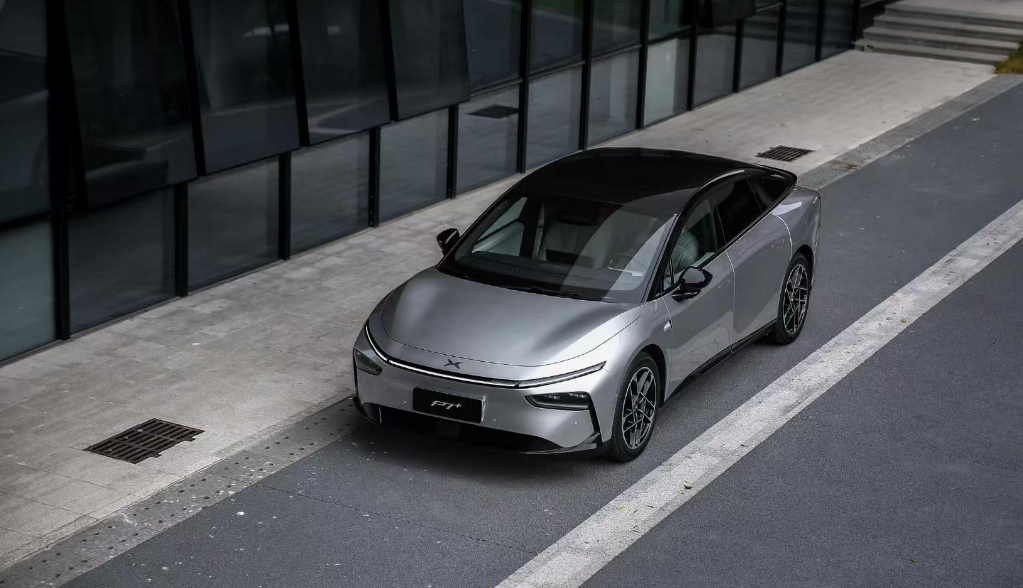On July 28, reports from various media outlets indicated that insiders close to Xpeng Motors have revealed a less optimistic market outlook for the company. They are considering product line integration and there may be a possibility of production cuts in the second half of the year. The reports specifically mentioned that while Xpeng Motors is currently pursuing a purely visual approach, the extreme conditions encountered during actual driving may lead the company to reconsider incorporating lidar technology in the future. Xpeng Motors Vice President 'Thomas Electric Train' has stated on Weibo that they will handle rumors through their legal department and government agencies, emphasizing the importance of addressing misinformation. Previously, Xpeng had expressed its intention to completely eliminate lidar in its next-generation models, focusing instead on a pure visual strategy. Chairman He Xiaopeng predicted that by early 2027, the industry debate over whether lidar is essential for smart driving will be resolved with a unified viewpoint. Senior Director of Autonomous Driving Products Yuan Tingting also commented that the claim that lidar 'sees further' is misleading, as high-resolution cameras have advantages in distant target detection. Technologically, Xpeng's pure visual solution has made significant progress, achieving a decoupling of sensor hardware through comprehensive information point collection and end-to-end algorithm iteration, bringing its visual solution's capability in complex scenarios close to that of lidar versions. Additionally, the pure visual approach offers advantages in cost control and engineering. For instance, the AI Eagle Eye vision system in the Xpeng P7+ has been trained using vast amounts of real-world data, enabling it to handle complex scenarios similarly to lidar versions. From a commercial perspective, the procurement cost of a single lidar unit accounts for about 2% of the total BOM cost, while an eight-camera setup can reduce hardware costs by 37%. This lighter sensor layout also improves vehicle range by 5.2%, benefiting consumers directly. Although lidar still has advantages in nighttime detection and low-profile obstacle recognition, industry experts agree that the ultimate solution for autonomous driving is not binary but rather requires a perception system built on 'camera-first with multi-sensor redundancy.' The recent clarification from Xpeng's Vice President reinforces the company's confidence in its pure visual approach to smart driving technology.
Xpeng Motors Considers Product Line Integration Amid Market Challenges

Images

Share this post on: